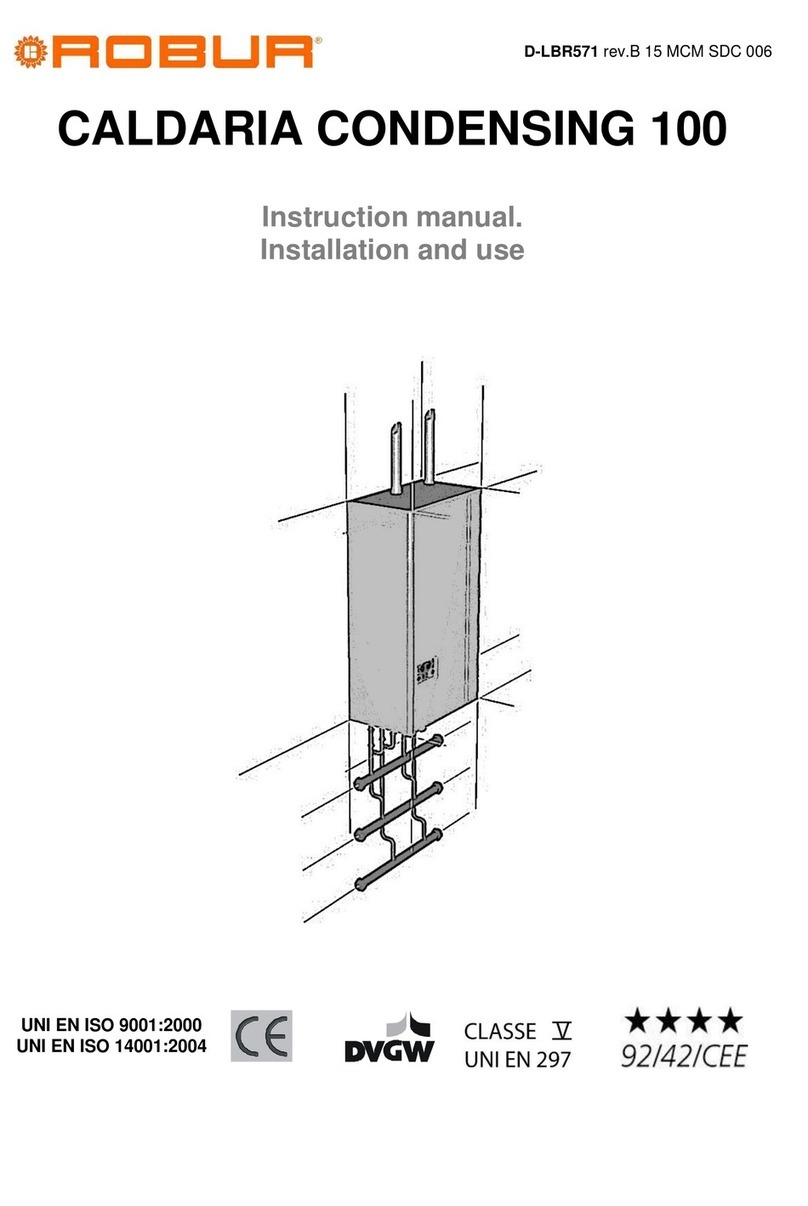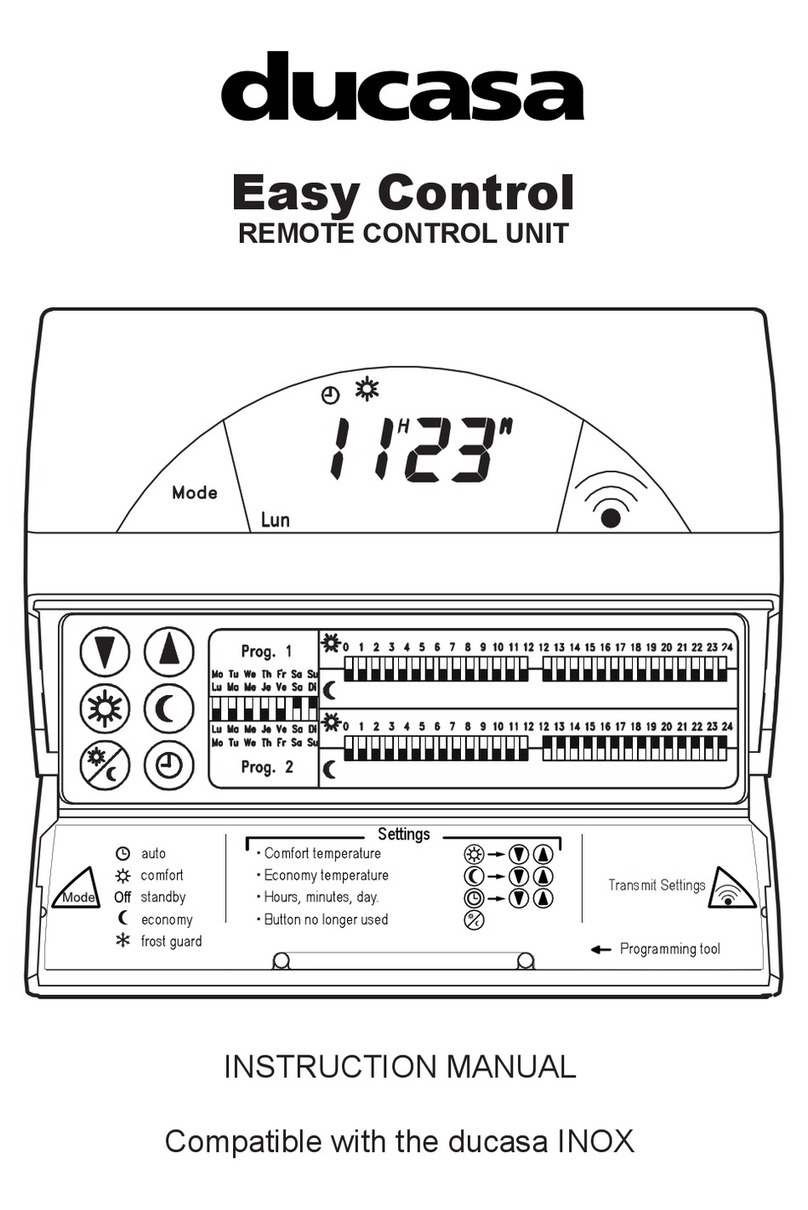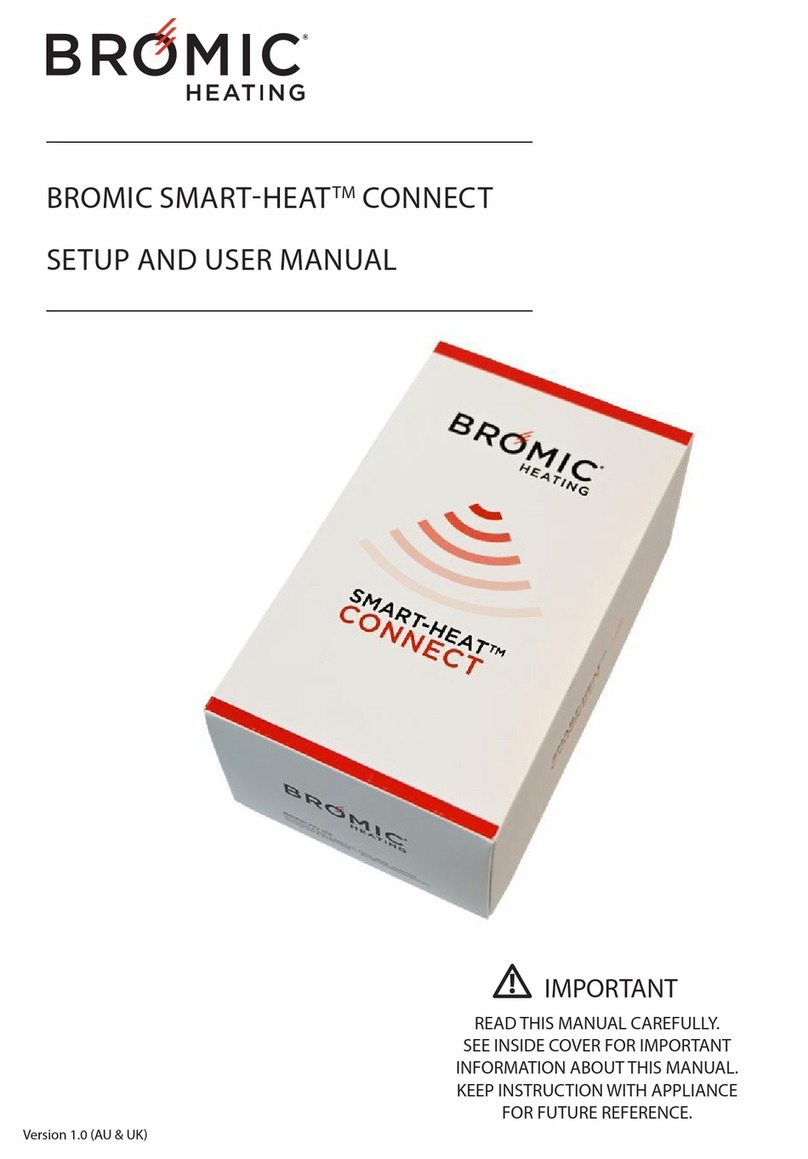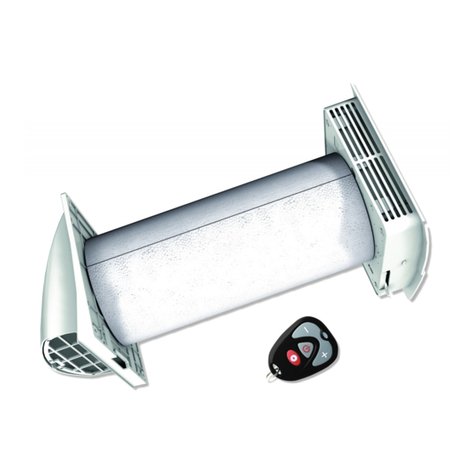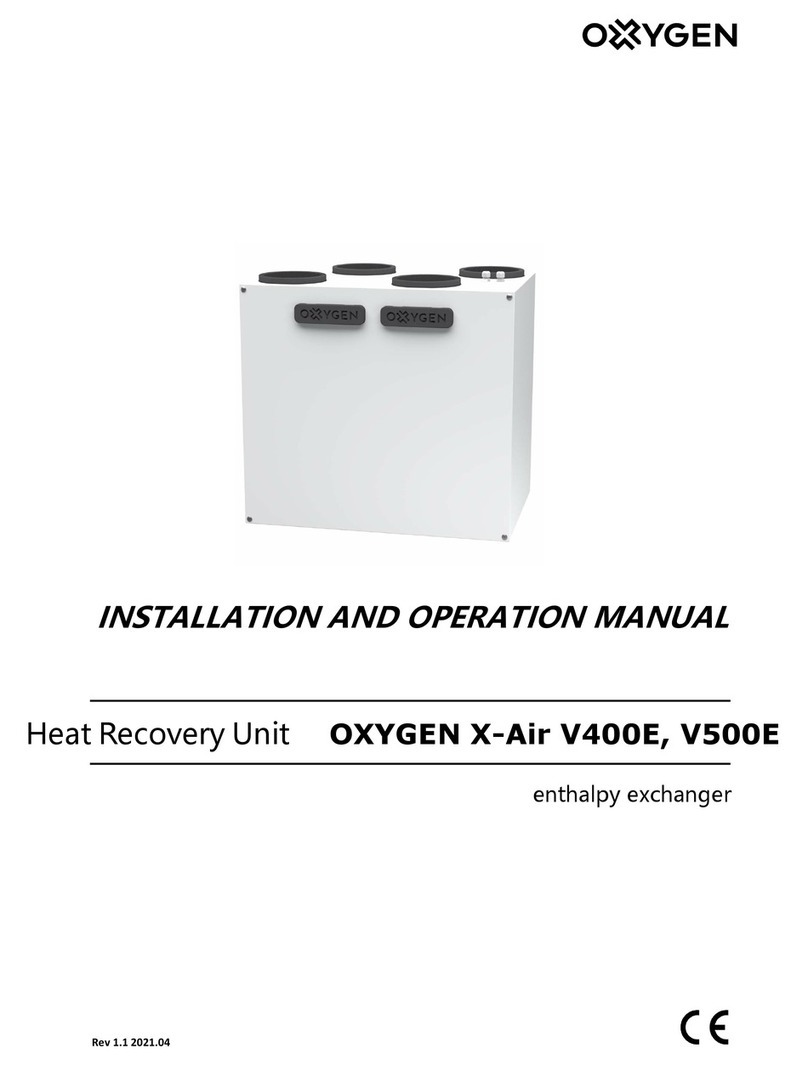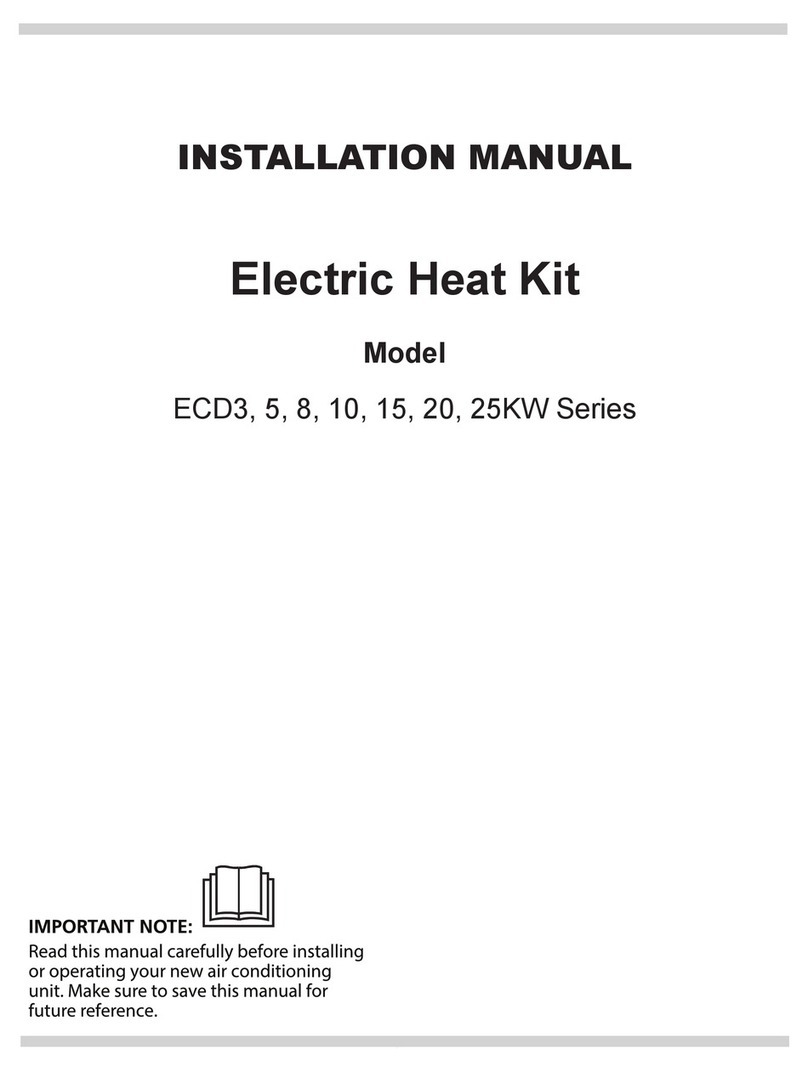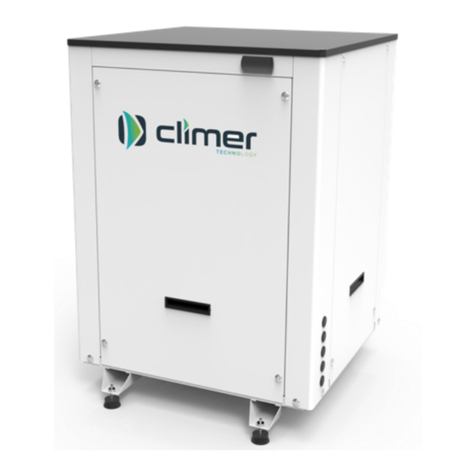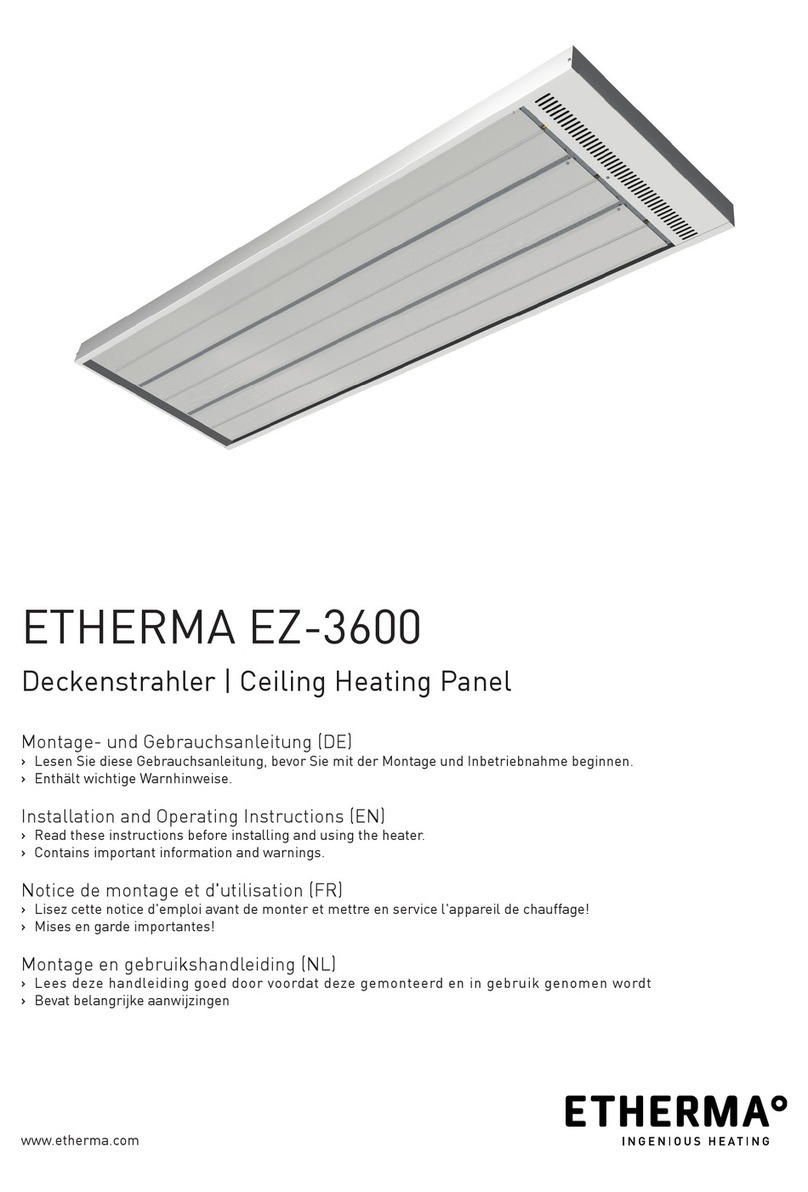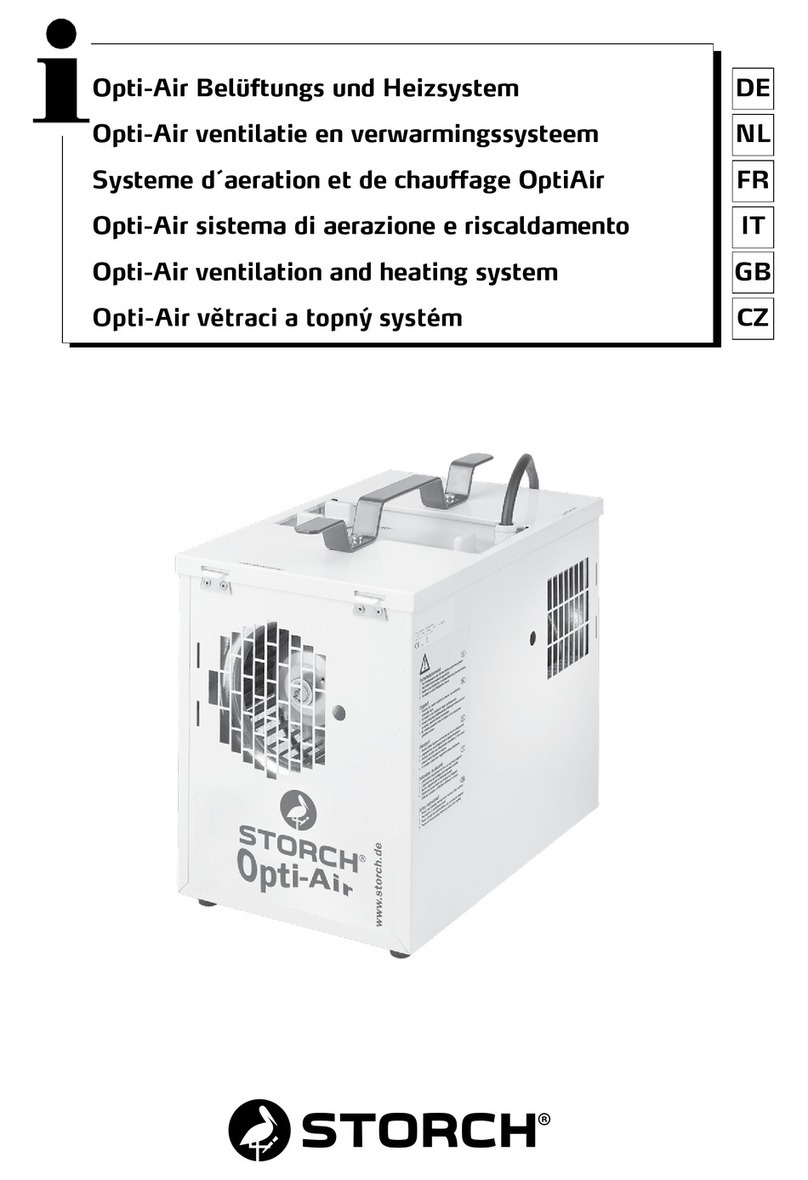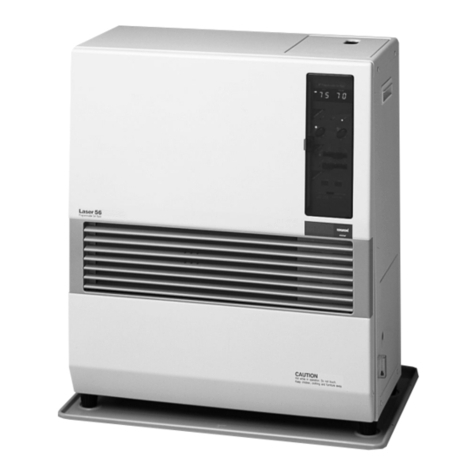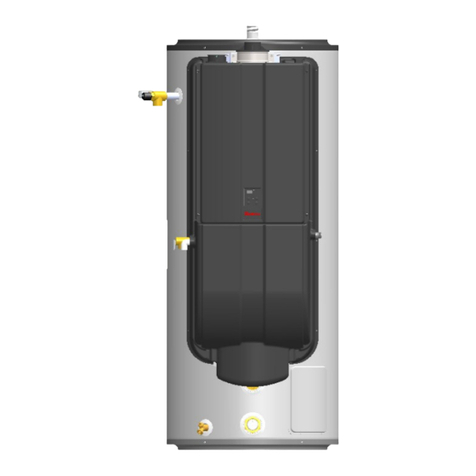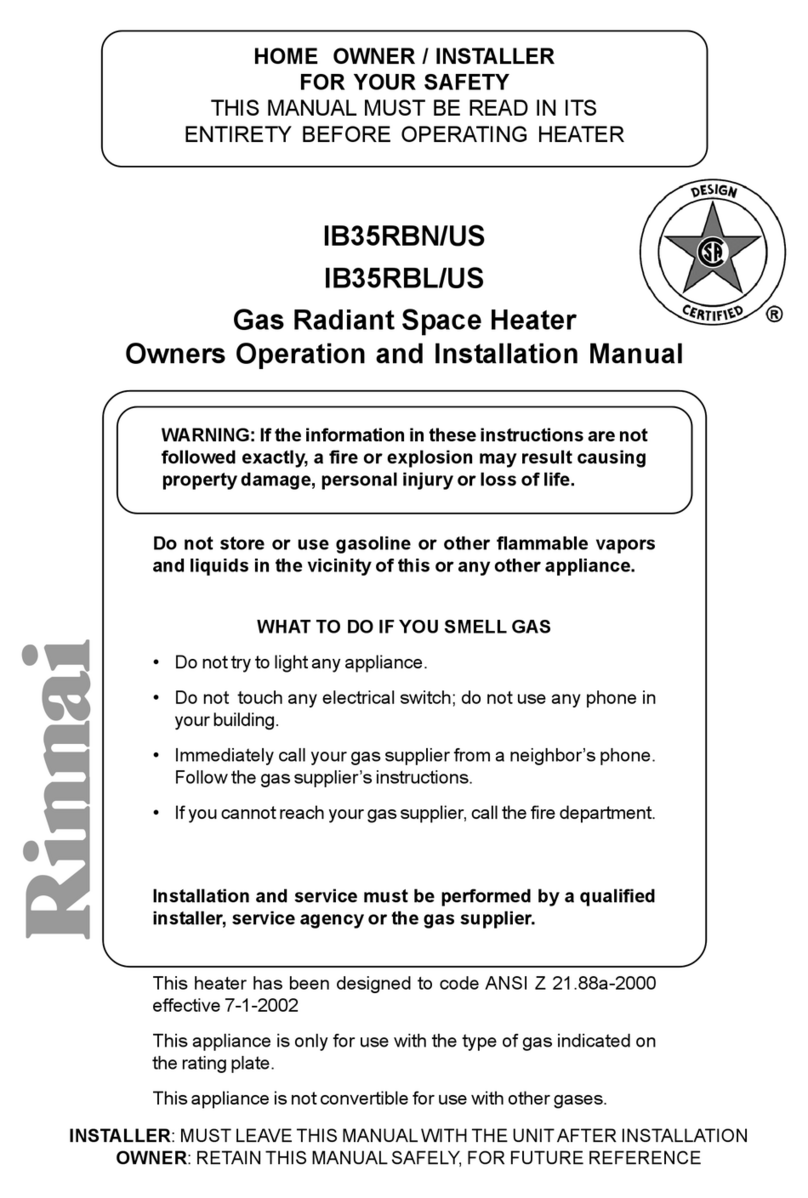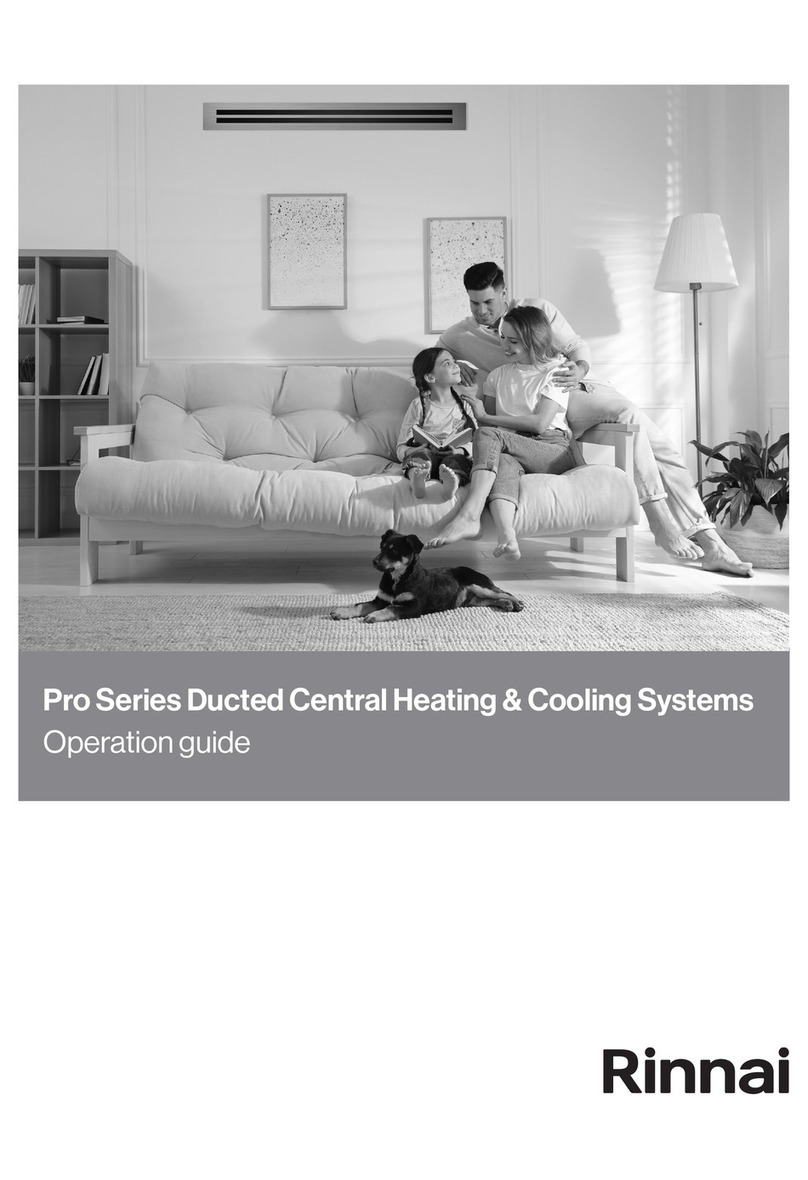
Rinnai 3 DD FP Solar Pre Heat System OIM
TABLE OF CONTENTS
Warnings and Important Information 4
Safety and Regulatory Information ........................................................................................................................................ 4
Scald Hazards ....................................................................................................................................................................... 5
Safety Devices ....................................................................................................................................................................... 6
Hydrogen Gas ........................................................................................................................................................................ 7
Water Temperature ................................................................................................................................................................ 7
Water Quality ......................................................................................................................................................................... 7
Draining and Filling the Water Heating System ..................................................................................................................... 7
Maintenance and Regular Care ............................................................................................................................................. 7
Servicing and Repair ............................................................................................................................................................. 7
Installation 8
Regulations and Occupation Health and Safety (OH&S) ..................................................................................................... 8
Location - General Information .............................................................................................................................................. 8
Hi Rise Kits in Conjunction with Split System Flat Roof Frames ........................................................................................... 8
Water Pipes and Supply ........................................................................................................................................................ 8
Hot Water Delivery Temperature ............................................................................................................................................ 9
Storage Cylinder Location ..................................................................................................................................................... 9
Valves and Fittings ................................................................................................................................................................. 9
Installation Procedure .......................................................................................................................................................... 10
Installation - Solar Collectors 12
Regulations and Occupation Health and Safety (OH&S) ................................................................................................... 12
Solar Collector Specications .............................................................................................................................................. 12
System Orientation and Inclination ...................................................................................................................................... 13
Pipe and Pump Sizing ......................................................................................................................................................... 13
Components ........................................................................................................................................................................ 14
Collector Mounting Rail Pre Assembly ................................................................................................................................. 15
Installation on a Pitched Tile Roof ....................................................................................................................................... 16
Installation on a Pitched Metal Roof .................................................................................................................................... 17
Installation on a Flat Roof Frame ......................................................................................................................................... 18
Collector Spacing Requirements ......................................................................................................................................... 19
Flow and Return Line Layout ............................................................................................................................................... 20
Collector Fitting Details ........................................................................................................................................................ 20
Storage Cylinders 22
Specications ....................................................................................................................................................................... 22
Components Supplied With Cylinders ................................................................................................................................. 22
Dimensions ......................................................................................................................................................................... 23
Pump and Controller 25
Components Supplied in Solar Controller Kits ..................................................................................................................... 25
Solar Controller .................................................................................................................................................................... 26
Gas Boosting 27
Solar Preheat with Manifold Pack ........................................................................................................................................ 27
Solar Preheat With Demand Duo ........................................................................................................................................ 28
Solar Preheat with Demand Duo and Warm Water Valve ................................................................................................... 29
Save a Service Call 30
Contacts 32




















